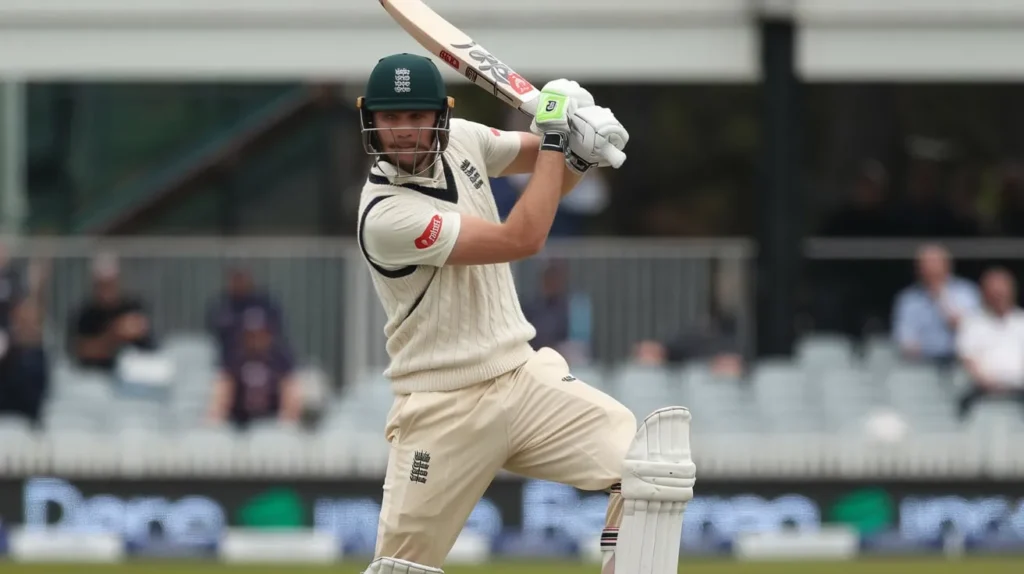Introduction
Cricket, often described as a game of strategy, precision, and agility, demands exceptional reflexes from its players. Whether you’re facing a blistering bouncer, attempting to catch a fast delivery, or diving to stop a boundary, quick reflexes are crucial in every aspect of the game. Improve Reflexes for Cricket can not only enhance your performance but also give you a competitive edge on the field. But how do you improve something as instinctual as reflexes?
In this comprehensive guide, we will explore the importance of reflexes in cricket, provide scientific insights into reaction times, and offer actionable tips, exercises, and strategies to help you sharpen your reflexes. With a focus on practical techniques and expert advice, this article is designed to cater to players of all levels — from beginners looking to get better at fielding to experienced cricketers aiming to excel in fast-paced batting and bowling situations.
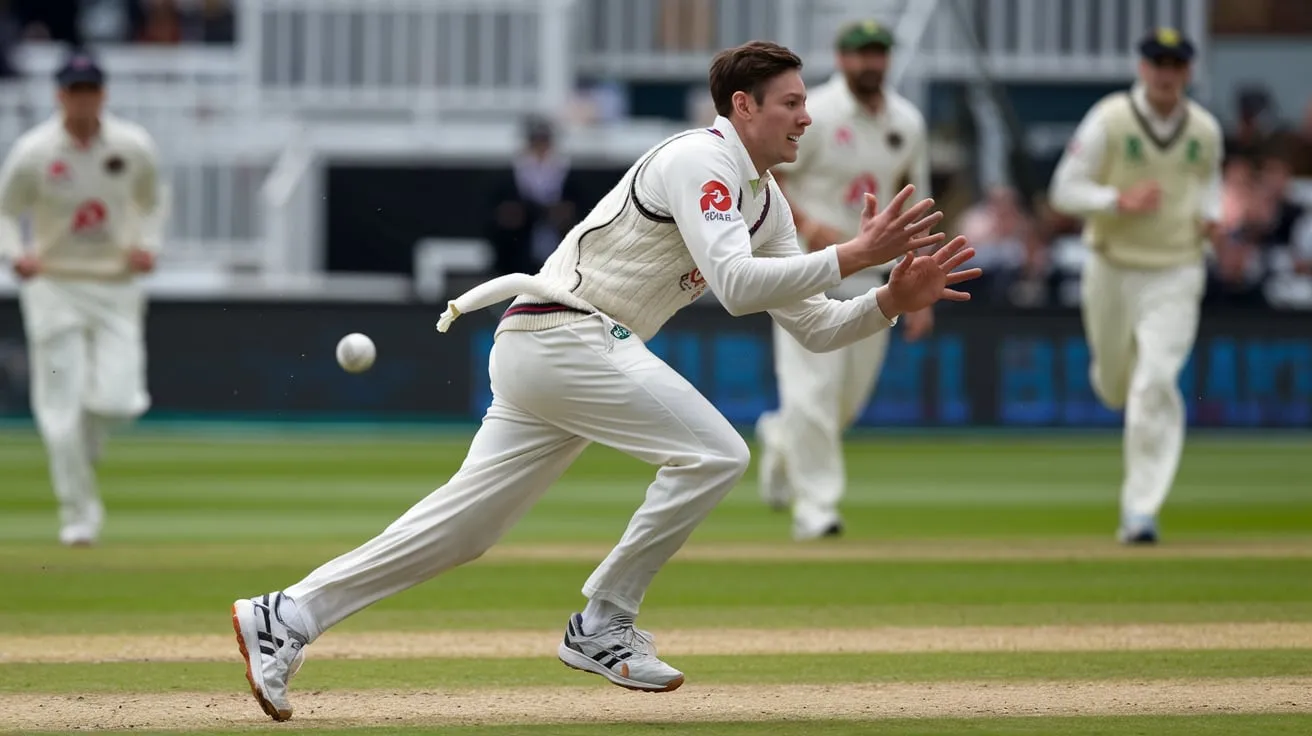
Understanding Reflexes in Cricket
Reflexes, also known as reaction times, are the body’s automatic response to external stimuli. In cricket, these reflexes are crucial for players to react to fast deliveries, fielding opportunities, and other in-game situations. Quick reflexes allow you to move faster, react to the ball quicker, and make split-second decisions that could determine the outcome of a game.
For instance, a fast bowler delivering at 140 km/h (around 87 mph) can be difficult to react to if you don’t have well-trained reflexes. On average, the human brain takes around 250 milliseconds to process visual information and respond with a physical action. In cricket, however, players must often act within fractions of this time, sometimes even faster. This makes reflex training an essential part of a cricketer’s development.
The Science Behind Reflexes and Reaction Time
To understand how to improve reflexes, it’s important to first understand how they work. Reflexes involve the brain, nerves, and muscles all working in harmony. When a cricketer is faced with a ball, the information is first processed by the eyes and transmitted to the brain via the optic nerve. The brain then processes the information and sends a signal to the muscles to respond — whether that’s to hit the ball, catch it, or dodge it.
A study conducted by researchers at the University of Sydney found that elite cricketers tend to have significantly quicker reaction times compared to non-athletes. The average reaction time for professional cricketers was around 200 milliseconds, compared to 300 milliseconds for amateur players. This difference in reaction times can have a massive impact on a player’s ability to perform under pressure.
How Reflexes Impact Your Cricket Performance
The role of reflexes in cricket extends across several key areas:
- Batting: Quick reflexes allow a batsman to react to fast bowlers, adjust to the swing of the ball, and execute shots in confined spaces.
- Fielding: Fielders with great reflexes can catch balls that come at them quickly, while wicketkeepers must have lightning-fast reactions to stop or catch deliveries behind the stumps.
- Bowling: Fast bowlers rely on quick reflexes to react to the batsman’s moves, adapt their deliveries, and make tactical decisions during their run-up and delivery.
Proven Methods to Improve Your Reflexes for Cricket
Improving reflexes for cricket requires a combination of physical, mental, and technical training. Here are 10 proven methods to sharpen your reflexes:
1. Vision Training
Vision plays a critical role in how quickly you can react to the ball. Improving your eye tracking, depth perception, and focus can have a significant impact on your reaction times.
Exercises to Try:
- Tracking a moving ball: Use a tennis ball or any small ball and focus on tracking it as it moves towards you. This helps with hand-eye coordination.
- Dual-task exercises: Practice reading words or numbers on a screen while tracking a moving object. This helps improve your brain’s ability to multitask and process visual stimuli faster.
2. Speed and Agility Drills
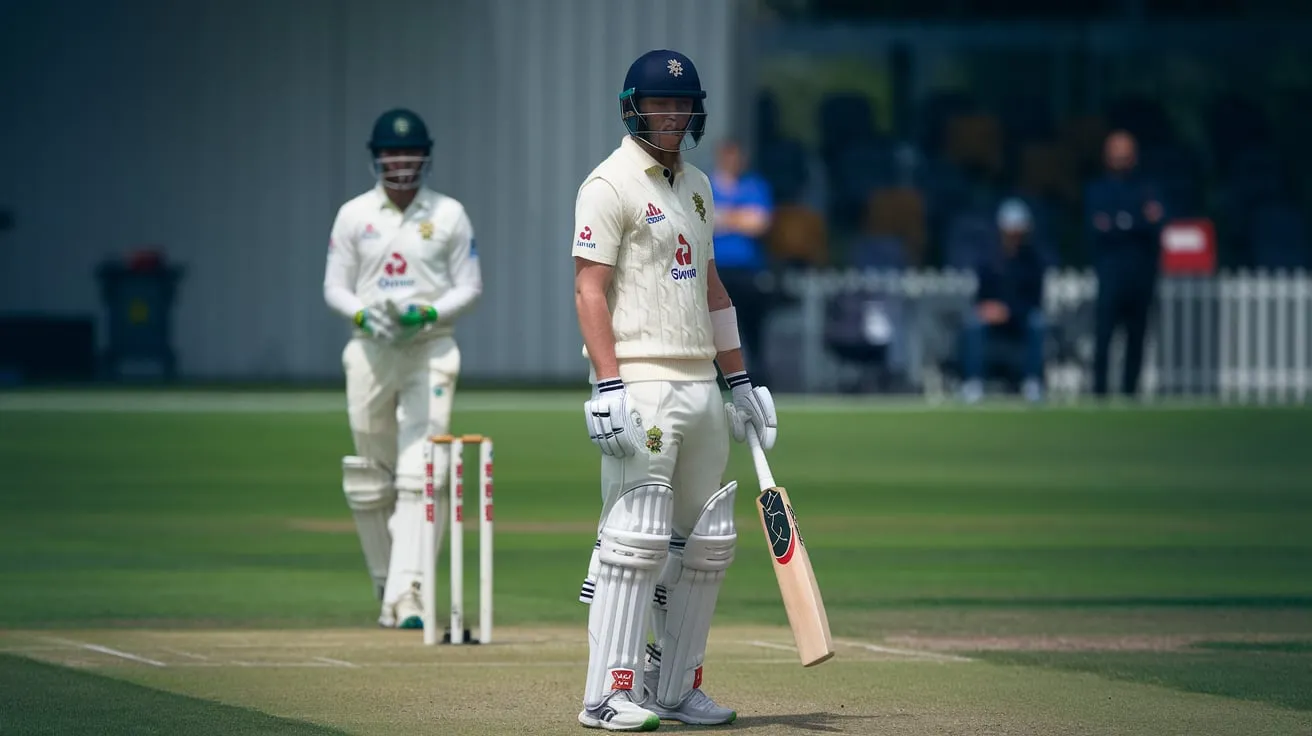
Speed and agility are essential to improving reflexes. Agility drills help you respond more quickly by training your muscles to react faster.
Recommended Drills:
- Cone drills: Set up cones and practice quick directional changes.
- Ladder drills: Use an agility ladder to improve foot speed and coordination.
- Sprint intervals: Short sprints (10-20 meters) with quick starts and stops can help enhance your body’s explosive reaction.
3. Hand-Eye Coordination Exercises
Strong hand-eye coordination is a vital aspect of improving reflexes in cricket. Exercises that improve coordination between your eyes and hands will allow you to react faster in different match situations.
Effective Exercises:
- Juggling: Juggling with two or three balls helps improve hand-eye coordination.
- Catch-and-throw drills: Practice catching and throwing at varying speeds and angles.
4. Reflex Ball Drills
Reflex balls, also known as reaction balls, are excellent tools for improving reflexes. These small, bouncy balls are designed to bounce unpredictably, forcing you to react quickly and adjust your movements.
How to Use:
- Wall bounce: Throw the reflex ball against a wall and try to catch it as it bounces in unpredictable directions.
- Partner drills: Have a partner throw the ball to you from various angles and speeds.
5. Reaction Time Training with Technology
Advancements in technology now allow athletes to train their reaction times in a more controlled environment. Devices like reaction lights, apps, and virtual reality (VR) systems can simulate fast-moving objects, forcing you to react quicker.
Popular Tools:
- FITLIGHT Trainer: This device uses lights that light up at random intervals. Your job is to touch the lit lights as quickly as possible.
- React Training App: Apps designed to enhance reflexes by challenging you with quick visual or auditory stimuli.
6. Focus and Mental Preparation
Mental preparation is just as important as physical training. Visualization techniques, mindfulness, and focus drills can help you anticipate and react faster during a match.
Mental Exercises:
- Visualization: Before a match, visualize yourself reacting quickly to different match situations.
- Mindfulness meditation: Practice mindfulness to improve your concentration and ability to focus on the task at hand.
7. Practicing with Fast Bowlers
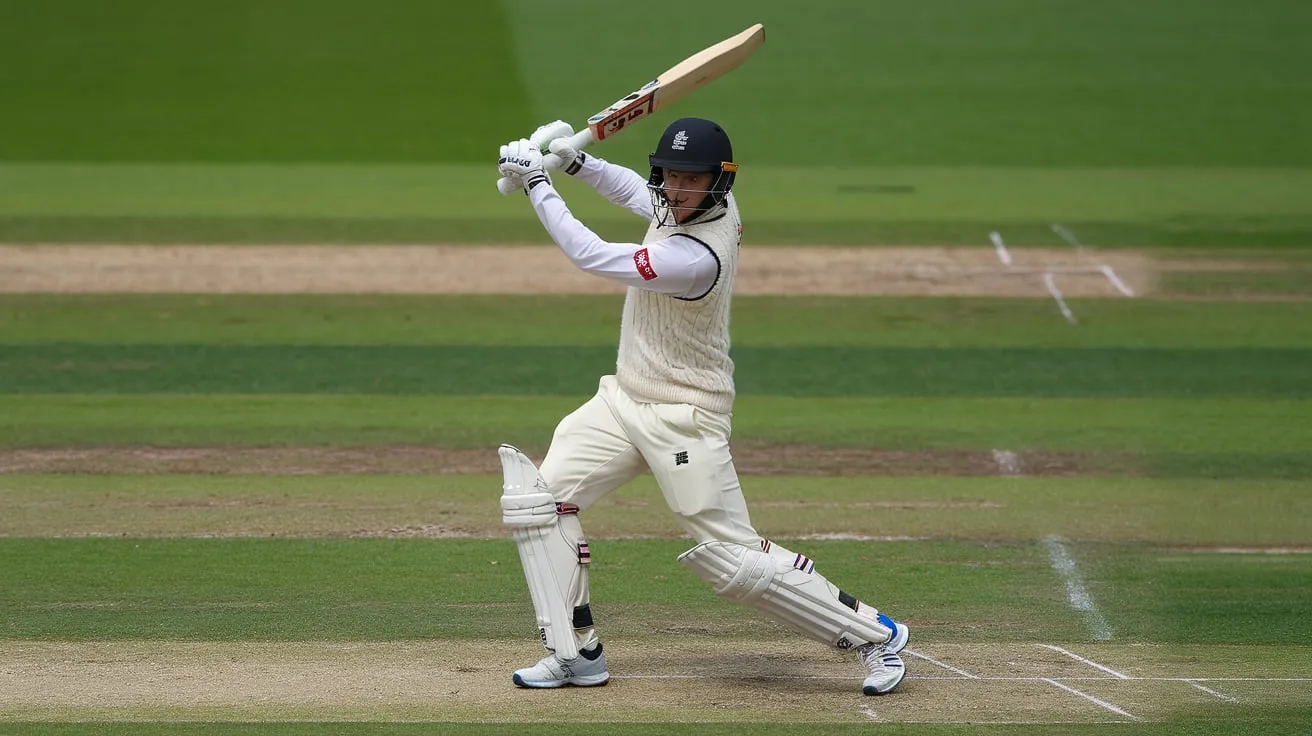
Facing fast bowlers in practice can improve your batting reflexes. Start with slower deliveries and gradually increase the speed. Try to react to the ball’s length and swing variations.
Tips for Practice:
- Focus on reading the bowler’s body language to predict the type of delivery.
- Start by practicing with underarm bowling or softer balls, then increase the pace as you improve.
8. Fitness Training: Core Strength and Flexibility
Your body’s overall fitness impacts your ability to react quickly. Strong core muscles, flexible joints, and overall physical fitness contribute to faster and more effective movements.
Key Exercises:
- Planks and core workouts: Strengthen your core muscles for better stability.
- Stretching: Regular stretching improves flexibility and helps prevent injuries while improving agility.
9. Visualization Techniques
Visualization is a powerful tool in improving reflexes. By mentally rehearsing situations where you need to react quickly, you can train your brain to respond faster in actual game situations.
How to Practice:
- Imagine yourself batting or fielding in different scenarios and visualize reacting perfectly to every situation.
10. Consistency and Practice
The most important aspect of reflex training is consistency. Just like any skill in cricket, reflexes improve with regular practice. Make reflex training a part of your daily or weekly routine, and you’ll see noticeable improvements over time.
Training Tips:
- Set aside 15-20 minutes every day to work on reflex exercises.
- Incorporate reflex training into your regular practice sessions to make it second nature.
Diet and Recovery for Optimal Reflexes
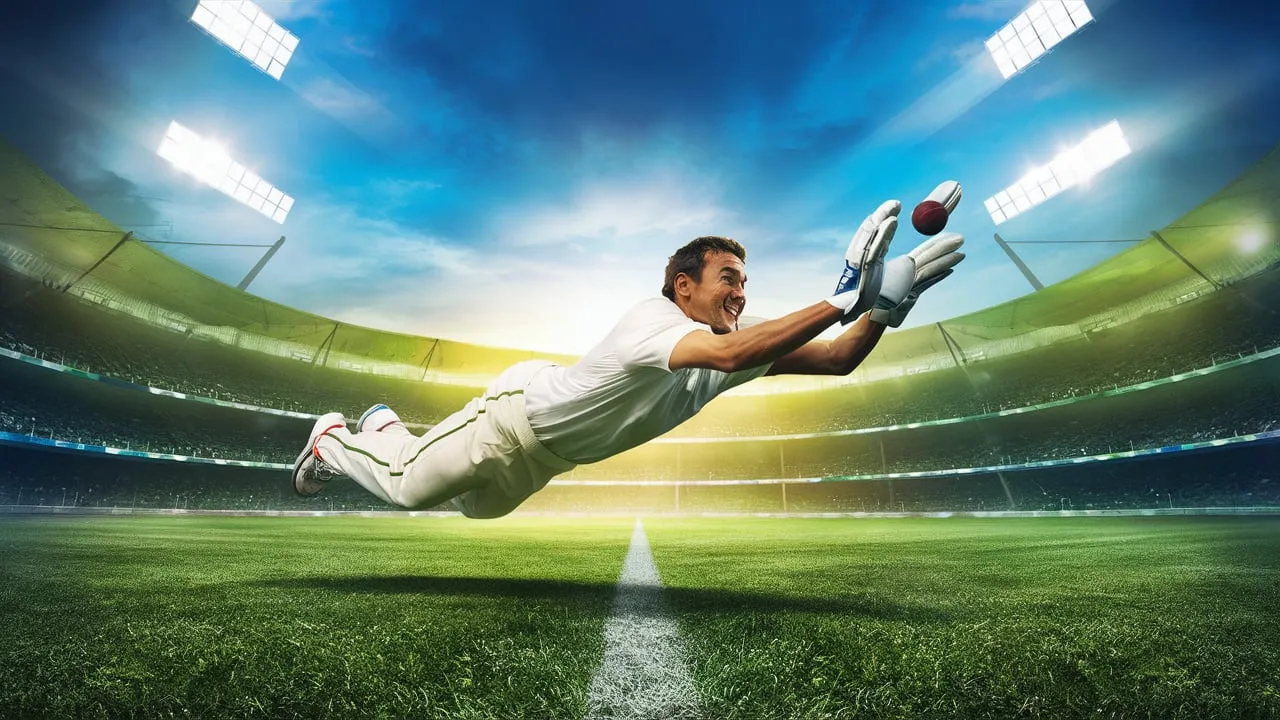
Your reflexes won’t improve without proper nutrition and recovery. A diet rich in protein, omega-3 fatty acids, and antioxidants will support brain function and muscle recovery. Additionally, getting enough sleep is essential for memory retention and cognitive function, both of which affect your reflexes.
Diet Tips:
- Protein-rich foods: Chicken, fish, and legumes for muscle repair.
- Omega-3s: Fatty fish like salmon and walnuts for brain health.
- Hydration: Stay hydrated to keep your reaction times sharp.
Common Reflex Training Mistakes to Avoid
Even with the best intentions, some players make mistakes during reflex training. These mistakes can hinder progress, so it’s essential to avoid them:
- Neglecting recovery: Overtraining without proper rest can lead to fatigue and slower reflexes.
- Not focusing on technique: It’s easy to rush through reflex exercises, but focusing on proper form is crucial.
- Skipping mental training: Reflexes are not only physical; mental clarity and focus are just as important.
People Also Ask
Is there a link between diet and reflexes in cricket?
Yes, diet plays a crucial role in maintaining peak performance, including reflex speed. A well-balanced diet supports brain function and muscle recovery, which are key for improving reflexes. Nutrients such as omega-3 fatty acids (found in fish and walnuts) help with brain health and cognitive function, while proteins and carbohydrates aid muscle recovery and energy levels.
What role does fitness play in improving reflexes for cricket?
Overall fitness is critical for improving reflexes in cricket. A fit body is more agile and capable of responding quickly in any game situation. Core strength, flexibility, and cardiovascular health all contribute to faster, more precise movements, allowing you to react to balls more effectively. Additionally, fitness helps you maintain high energy levels throughout the game, which is essential for staying sharp during prolonged fielding or batting sessions.
How long does it take to improve reflexes for cricket?
The timeline for improving reflexes in cricket can vary depending on the individual’s starting point and the intensity of their training. However, with consistent practice, players can see improvements within 4-6 weeks. For beginners, it might take longer to build up the foundation, while intermediate or advanced players may experience quicker gains through targeted drills and exercises. The key to faster improvement is consistency and the combination of physical and mental training.
How does hand-eye coordination impact cricket reflexes?
Hand-eye coordination is a key factor in improving reflexes in cricket. The better your hand-eye coordination, the quicker you can react to balls that are bowled at you or thrown to you in the field. Great hand-eye coordination allows you to track and intercept balls with precision, whether you’re batting, fielding, or wicketkeeping. Exercises that challenge this coordination, such as juggling, reaction ball drills, and focused tracking of a moving object, will sharpen your reflexes and improve your overall performance.
Conclusion
Improving reflexes for cricket is a multifaceted process that involves physical training, mental preparation, and consistent practice. By focusing on specific drills, enhancing hand-eye coordination, improving fitness, and utilizing modern training tools, players can dramatically boost their reaction times. Reflexes in cricket are not innate; they are a skill that can be developed with the right approach.
Remember, the goal is not only to train your body to react faster but also to train your mind to stay calm and focused under pressure. With the right techniques, tools, and mindset, you’ll be well on your way to becoming a quicker, more agile cricketer who can handle anything that comes your way on the field.

